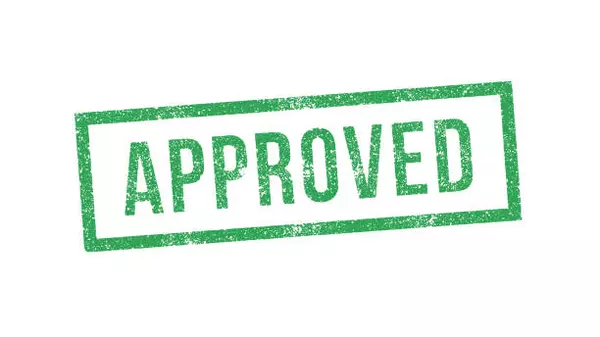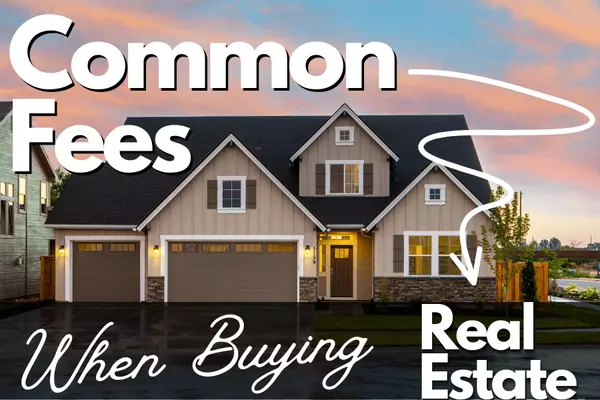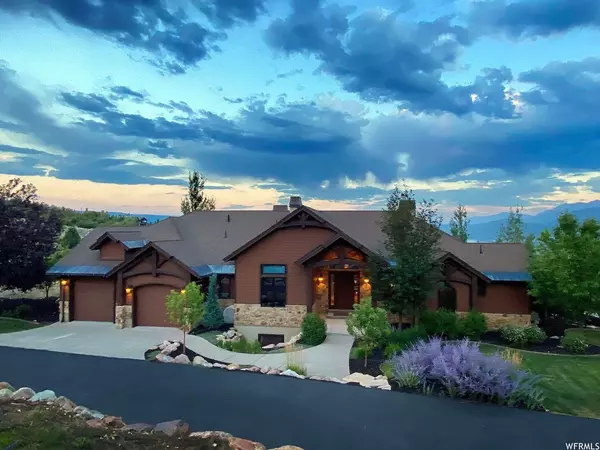The $10,000 Seller Credit Strategy: When and How to Use It in Salt Lake County

Why Seller Credits Are More Common in 2025’s Utah Market
-
In today’s market, many contracts in Salt Lake County, Davis County, and across Northern Utah now include seller concessions in the range of $10,000 to $15,000 to help close deals.
-
Nationally, the prevalence of seller concessions is rising — in Q1 2025, 44.4% of U.S. home sales included them.
-
In Utah specifically, the shifting balance between supply and demand is pushing more sellers to use incentives rather than cutting the list price outright.
Because seller concession strategies are widespread, a savvy seller in Salt Lake or Davis County can use them advantageously — not as a weakness, but as a negotiation tool that protects your net proceeds.
What Is a Seller Credit (Concession) — And What You Can (and Can’t) Do with It
A seller credit (aka seller concession) is when the seller agrees to pay specific buyer costs at closing — often to reduce the buyer’s cash needed at closing or to fund a rate buy-down.
However, there are legal and mortgage limits you must respect:
-
Conventional loans: Seller contributions are generally capped by the buyer’s down payment percentage — e.g., less than 10% down → ~3%; 10–25% down → up to 6%; 25%+ down → as high as 9%.
-
FHA loans: The seller may contribute up to 6% of the purchase price toward allowable costs.
-
VA loans: Seller contributions are limited to 4% (with certain eligible closing cost items)
-
Importantly: seller credits can’t be used for a buyer’s down payment. They can be used for closing costs, prepaid items, interest rate buy-downs, inspection/appraisal fees, and repair credits.
-
The seller’s credit must not increase the total cost above the home's appraised value (i.e., the buyer’s loan must still be supported by the appraised value).
By understanding these constraints, you can structure credits smartly — not “giving away” value, but using concessions to protect your list price and your bottom line.
Why Use a $10,000 Seller Credit Rather Than Lower the List Price?
Here’s where the strategy becomes powerful for sellers in Salt Lake County and beyond:
| Problem | Cutting Price | Offering Seller Credit | Why Credit Often Wins |
|---|---|---|---|
| Buyers balk at the monthly payment or up-front cash | You lose value dollar-for-dollar | Buyer feels relief with the lower upfront cost | They perceive “help” rather than a weaker home |
| You resist going below your target price | You may lose credibility or “anchor” too low | Maintain your list price, but adjust net through credit | Keeps comps strong in your neighborhood |
| You need flexibility during offers | Price cuts are permanent | Credits can be negotiated on a deal-by-deal basis | Tailor concessions depending on the buyer’s loan type |
| The market is soft, or inventory loosens | Price cuts might start a domino effect | Strategic credits can push a deal over the line | You don’t reset the market downward |
In short, the $10,000 seller credit strategy gives you control, helps avoid a damaging price cut, and retains your Listing’s perceived strength — especially in competitive areas of Salt Lake County, Davis County, and northern Utah.

When and How to Use the $10,000 Seller Credit Strategy
Here’s a step-by-step guide tailored for Utah sellers
1. Pre-List with Flexible Options in Mind
When preparing marketing materials, don’t lock yourself into a single “list price — no negotiations” position. Build in flexibility and communicate with your agent that you may be open to structured credits.
2. Identify Your Net Floor (Walk-Away Price)
You need clarity on your net proceeds target (after commissions, closing costs, and concessions). In Utah, closing costs for sellers average ~2.48% plus the agent’s commission (average of around 5.61%). With that in mind, you can determine a baseline for how much credit you’re willing to authorize.
3. Offer a Credit in the Listing (or in Buyer Docs)
You might advertise something like “seller willing to offer up to $10,000 credit toward closing costs or rate buy-down with accepted contract.” This attracts buyers who may be cash-strapped.
4. Tailor Credits by Buyer Loan Type
Since the maximum allowed concession depends on whether the buyer is using FHA, VA, or conventional financing, your credit offer should account for that. Don’t over-promise.
5. Negotiate Smartly
When a buyer offers a purchase price plus credit, treat the credit as part of the negotiation package. For example, instead of lowering the list price by $10,000, you might accept full price plus a $10,000 credit if their loan allows it. You still hit your net floor (or better).
6. Use Credit for Value-Added Upgrades
A credit doesn’t have to be pure “cash in hand.” You can channel it into:
-
Interest rate buy-downs for the buyer (make payment more affordable)
-
Repair credits post-inspection
-
Covering inspection, appraisal, HOA fees, or escrow costs
-
Prepaid items (taxes, insurance)
-
Buyer agent commission incentives (if permitted)
By doing so, you convey value rather than just money off the table.
7. Stay Within Limits & Document Clearly
Ensure the credit doesn’t exceed mortgage program limits or push the sale above appraised value. All credit terms should be clearly outlined in the contract. Work with your lender and closing attorney/escrow team to confirm allowable use.
Examples of $10K Credit Scenarios in Salt Lake & Davis County
-
A home lists for $550,000. You receive an offer at full listing price, plus a $10,000 credit to help with the buyer’s closing costs. If your net floor allows, you agree — the buyer qualifies better, and you didn’t cut your number.
-
In Davis County, a buyer is seeking assistance with an interest rate buy-down. You agree to provide a $12,000 credit for 1–2 points, making monthly payments more affordable while maintaining your asking price.
-
A buyer doing an FHA loan requests a $8,000 credit. Within the 6% FHA cap, you accommodate it by keeping your net proceeds intact.
In markets across Northern Utah, this tactic helps sellers avoid downward price pressure while still closing deals.

Pitfalls and Things to Watch Out For
-
Do not exceed allowable concession caps by loan type; doing so can break the financing.
-
Don’t allow the buyer to treat the credit as pure cash to pocket (that’s generally not allowed) — it must apply to closing costs, prepaid items, etc.
-
If the property doesn’t appraise high enough to support the credit and price, the buyer may need to bring extra cash, or a renegotiation may occur.
-
Watch how much you commit upfront; leaving flexibility in negotiations is key.
-
Be cautious with buyers who balk at appraisal contingencies or demand credit refunds.
Why Partnering with Me Makes This Strategy Work
-
I am familiar with the loan patterns, buyer expectations, and typical concession ranges in Salt Lake County, Davis County, and Northern Utah.
-
I can help you model net proceeds under different credit/price combinations so you never leave money on the table.
-
I’ll coordinate closely with mortgage lenders to ensure any credits are valid, allowable, and structured safely.
-
I can market your Listing in a way that encourages credit offers without weakening your perceived value.
-
In negotiating, I’ll represent your best interests, ensuring you stay firm on your net while delivering buyer relief.
If you try to do this alone, you risk underestimating credit caps, miscalculating net proceeds, or jeopardizing appraisals. With my local experience, we make it an asset, not a liability.
Let’s Build Your $10,000 Seller Credit Strategy
If you’re thinking of selling in Salt Lake County, Davis County, or anywhere in Northern Utah, let’s talk about whether a $10,000 seller credit strategy could help you sell faster without cutting your price.
Contact me today for a complimentary seller consultation and a customized credit strategy plan that protects your bottom line — while positioning your home as a buyer’s win.
🏘️ Let’s craft a listing strategy that commands top dollar — credits done right.
Sources
-
National Association of REALTORS® — Seller concession overview
-
HomeLight — examples and uses of seller credits in Utah
-
My Mortgage Insider — seller contribution maximums by loan type
-
Redfin / National Mortgage Professional trends in seller concessions
-
Bankrate — who pays closing costs in Utah
-
HomeLight, Neighbors Bank, Movement Mortgage, Fast Expert Multiple overviews of seller credits & limitations
-
The Salt Lake Tribune Local Utah market commentary on $10,000–15,000 credits
-
Knowledge. Expertise. Teamwork. Seller concessions in Salt Lake City context
Categories
Recent Posts












